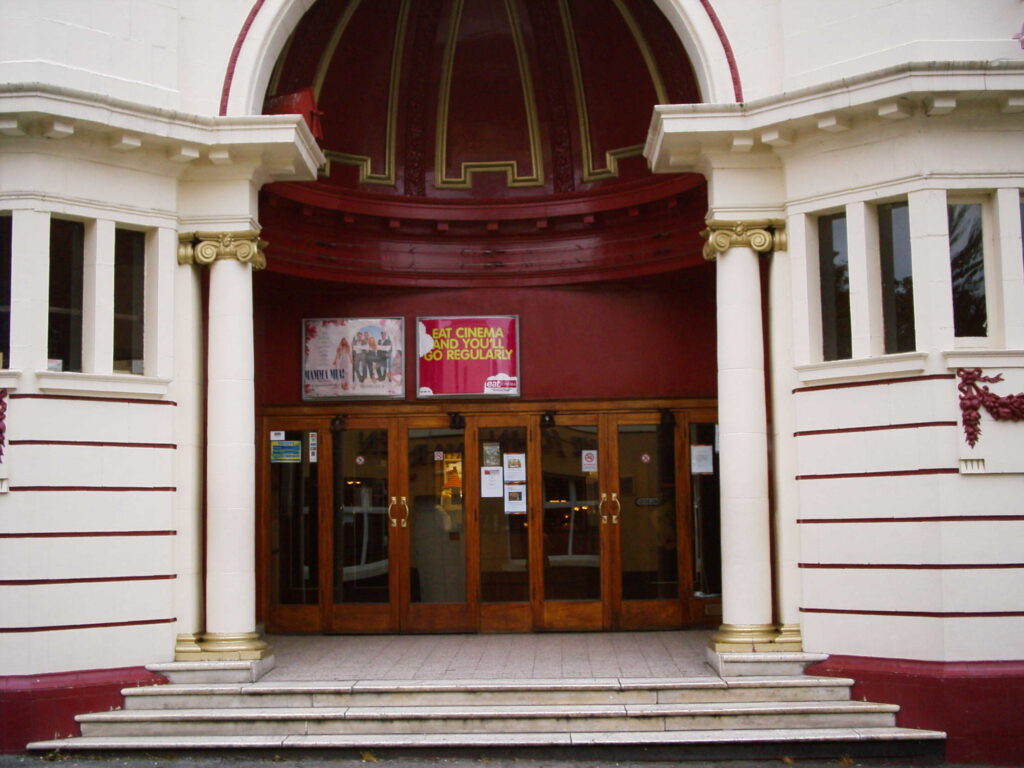Lorem ipsum dolor sit amet, consectetur adipiscing elit. Ut elit tellus, luctus nec ullamcorper mattis, pulvinar dapibus leo.

The Scala Picture House was built on the site of a graveyard and opened on 4th September 1913. It is located on the corner of Pimlico and Burns Street, adjacent to the Market Place. It is one of the most significant and important cinemas to open in Derbyshire.
The architects were Parsons & Sons of Bulwell, Nottingham and the building cost £5,000 British Pounds to construct and fit out. The facade is covered in Hathern terra-cotta which is decorated in the form of swags and scrolls and is made up of two wings that extend out between a high arched entrance in the centre. Inside the auditorium there were 900 seats in the stalls and 100 in the circle (today those figures are greatly reduced). There was a seperate entrance and paybox on Burns Street for the front stall seats. The building has been virtually unaltered since its opening.
Operated by Reel Cinemas, it remains open today. The Scala Cinema is a Grade II* Listed building.
Constructed in 1938, the former cinema features a brick structure with glazed faience tile cladding on the corner entrance front. Its wedge-shaped design includes shops along the southern front. A canopy and a large window with pronounced transoms adorn the entrance, while a rounded glazed stair tower sits to the right. Round full-height bays flank the entrance, leading to an interior rich with Art Deco decorations.



The story of the building being built on a cemetery is part of urban legends so we set out to prove, or disprove it. On maps of the 1880’s we found the land to be referenced as belonging to the chapel and there was a path through it. After some digging we found reference to the construction of the building and indeed it was a graveyard. In an article in the advertiser dated 06/01/1989 we found stories of the reverend of the late 1800’s offering a Christian burial to the bodies in the yard, moving the stones to the St Marys Graveyard. We also found that there was a man, who was old enough to remember before the cinema was built, and indeed it was a walled graveyard, with around a dozen stones.
This is one of the earliest purpose built cinemas in the country that is still in use. he cinema was refurbished in time of the cinema’s 100th anniversary in September 2013. And is believed to be 2nd oldest cinema in the UK. New seats, carpets, screen, digital projection, speakers and catering/box offices stands have been installed.
Constructed in 1938, the former cinema features a brick structure with glazed faience tile cladding on the corner entrance front. Its wedge-shaped design includes shops along the southern front. A canopy and a large window with pronounced transoms adorn the entrance, while a rounded glazed stair tower sits to the right. Round full-height bays flank the entrance, leading to an interior rich with Art Deco decorations.